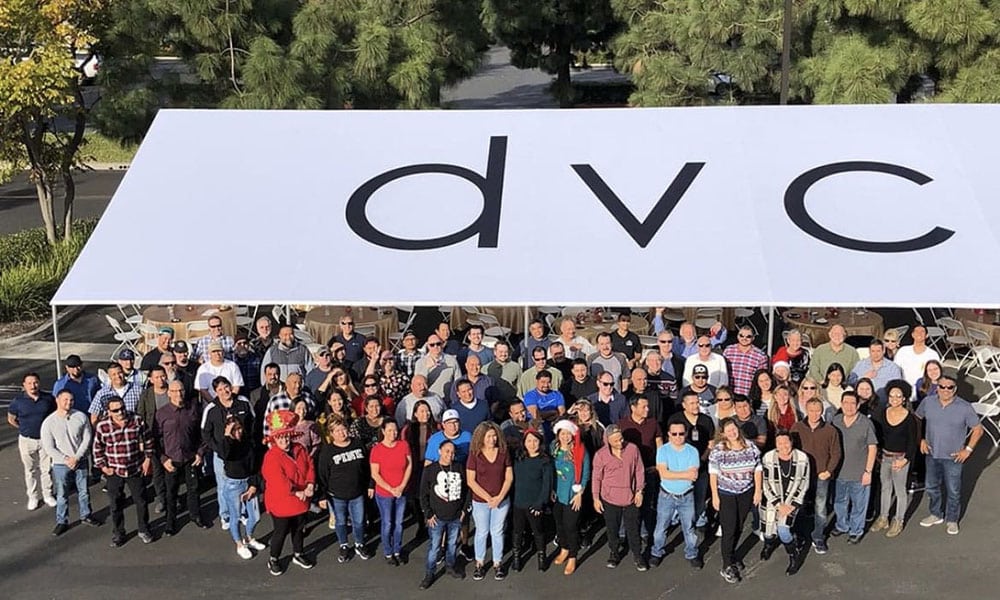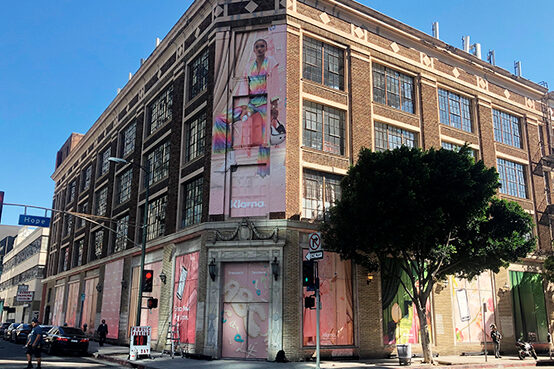
Workplace diversity, equity, and inclusion are crucial for promoting collaboration, innovation, and employee satisfaction. A diverse workforce fosters inclusivity and brings a wide range of perspectives and ideas, leading to better decision-making and increased profitability.
Today, we’ll explore examples of workplace diversity, the benefits of embracing it, and how to implement it through initiatives.
What Is Workplace Diversity?
Workplace diversity encompasses a wide range of unique differences between individuals in an organization. The most common types of diversity in workplace environments will include race, ethnicity, gender, age, sexual orientation, religion, disability, culture, education, and experience. The ultimate goal of implementing different types of workplace diversity is to promote respect for all individuals, regardless of their differences.
A diverse workforce can bring numerous benefits to a company. Here are some examples of workplace diversity initiatives:
- Implementing policies and practices that promote diversity and inclusion, such as anti-discrimination policies, diversity training, and creating affinity groups for underrepresented employees.
- Diversifying recruitment and hiring processes to attract a broader range of candidates. Doing so can help expand the talent pool and bring new perspectives and ideas to the organization.
- Providing accommodations for employees with disabilities to create a more accessible and inclusive workplace. This example of diversity in the workplace can help attract and retain employees with disabilities and improve the overall work environment for everyone.
- Offering flexible work arrangements to accommodate employees with different needs and responsibilities. Providing this flexibility can help create a more inclusive work culture and increase employee satisfaction and retention.
- Providing leadership development programs and opportunities for employees from underrepresented groups to ensure diversity in leadership positions. Having leaders from all cross-sections can help create a more equitable organization.
On the other hand, not having a diverse workforce can have negative consequences, such as:
- Limited perspectives and ideas: When a company needs more diversity, it may miss out on valuable insights and innovative ideas that could come from individuals with different backgrounds and experiences.
- Limited customer base: A lack of diversity can result in a company failing to understand and connect with a broad range of customers, potentially leading to lost business and revenue.
- Discrimination and harassment: A lack of diversity can contribute to a workplace culture that is discriminatory or hostile towards specific individuals or groups, which can negatively impact employee morale, productivity, and retention.
- Limited talent pool: When a company does not prioritize diversity, it may limit its talent pool and miss out on skilled and qualified candidates from underrepresented groups, hindering the organization’s growth and success.
While this diversity and inclusion in the workplace examples are not exhaustive of the initiatives a company can take, they can help give you a starting point for creating a welcoming environment that benefits everyone.
Examples of Workplace Diversity
Workplace diversity is becoming increasingly important in today’s business landscape. By valuing and celebrating diversity and differences in the workplace, companies can reap the advantages of having differing viewpoints. Here are some workplace diversity examples:
Gender Diversity
Gender diversity refers to representing individuals who identify as male, female, non-binary, or gender-nonconforming in the workplace.
Companies need to strive for gender diversity because it promotes equality, combats gender bias, and brings a range of perspectives and experiences to the office. For example, having more women in leadership positions can lead to better financial performance and more innovative problem-solving.
Despite the benefits of gender diversity, women and other gender minorities still face significant challenges in the workplace, such as unequal pay, lack of opportunities for advancement, and harassment or discrimination.
To address these challenges, companies can implement policies and practices that promote gender equity, such as pay transparency, mentorship programs, and anti-harassment training. By incorporating initiatives to attract women and other gender minorities, companies can tap into the full potential of their workforce and improve the bottom line.
Race and Ethnicity Diversity
Race and ethnicity diversity refers to the representation of people from different racial and ethnic backgrounds in the workplace. Diverse workforce examples will include individuals from other racial and ethnic groups from the regional standard and provide equal opportunities for all employees, regardless of their background.
It’s essential to integrate racial and ethnic diversity hiring practices because it helps to combat racism and discrimination, fosters a sense of belonging for all employees, and brings unique cultural perspectives.
A diverse sales team can help a company better understand and connect with customers from different backgrounds. However, achieving racial and ethnic diversity in the workplace can be challenging due to systemic barriers and discrimination.
To address these challenges, companies can take various actions, including diversifying their recruitment and hiring processes, providing employee diversity and inclusion training, and creating employee resource groups that support underrepresented employees.
Religious Diversity
Religious diversity refers to the representation of different religions in the workplace.
A diverse workplace should welcome and accommodate employees of all religious backgrounds, providing space for spiritual practices and holidays.
Integrating people from differing religious beliefs can lead to more creative problem-solving. For example, having a diverse team of engineers can lead to more innovative solutions considering different cultural and religious perspectives.
However, achieving religious diversity in the workplace can be challenging due to early indoctrination and bias. To address these obstacles, companies can take a stance by providing religious accommodations for employees, offering cultural sensitivity training, and creating an inclusive culture that respects and celebrates different religious traditions.
Age Diversity
Age diversity refers to the representation of different age groups in the workplace. A diverse workplace includes employees of all ages, from young graduates to experienced workers.
A mix of age groups can lead to better decision-making and innovation. Companies can take various actions to achieve age diversity, including offering age-diverse training and development programs, providing flexible work arrangements, and creating opportunities for mentorship and cross-generational collaboration.
However, age discrimination can be a significant barrier to achieving age diversity in the workplace. Older workers may face biases that prevent them from being hired or promoted, while younger workers may be seen as inexperienced or less capable.
Disability Diversity
Disability diversity refers to the representation of people with disabilities in the workplace. A diverse workforce includes individuals with different physical, sensory, and intellectual disabilities and provides equal opportunities for all employees, regardless of their abilities.
Disability diversity helps combat ableism and discrimination, fosters a sense of belonging for all employees, and brings unique perspectives and problem-solving skills to the table. An employee with a physical disability, for example, may have insights into accessibility that can improve the workplace for all employees.
To achieve disability diversity, companies can provide reasonable accommodations for employees with disabilities, offer disability inclusion training, and create an accessible workplace environment. By promoting a culture that values and celebrates disability diversity, companies can create a more inclusive environment for all employees, regardless of their abilities.
Leadership Diversity
Often overlooked, these diversity examples in workplace settings are the people in leadership positions. Leadership diversity refers to the representation of different identities and backgrounds in leadership positions within a company.
A diverse leadership team brings different perspectives and experiences to decision-making, leading to better outcomes and a more innovative workplace. More women and people of color in leadership positions can lead to better financial performance and more inclusive company culture.
To achieve leadership diversity, companies can implement diversity quotas or targets for leadership positions, provide leadership development programs for underrepresented groups, and create a culture that values and celebrates diversity in all forms. All of which can be achieved while still holding individuals accountable using meritocracy.
It’s difficult to say which is the best example of diversity in the workplace, as all forms of diversity are important and bring unique perspectives and experiences to the staff.
Each type of diversity, whether gender, race and ethnicity, religion, age, disability, or other characteristics, can offer valuable contributions to a company. It’s important for companies to strive for diversity in all its forms and build an inviting workspace that celebrates the unique contributions of all employees.
Benefits of Workplace Diversity
A diverse workforce can bring numerous benefits to both the company and its employees, such as:
Increased innovation and creativity
A diverse workforce brings a wide range of viewpoints and experiences to the office, leading to more innovative solutions and creative approaches to problem-solving. When individuals from different backgrounds come together, they can challenge each other’s assumptions and generate fresh ideas that may have been impossible with a homogenous group.
Differing perspectives can lead to new products, services, and processes that better meet the needs of customers and employees alike. A study found that companies with more diverse management teams have 19% higher innovation revenues than those with less diversity.
Better decision-making
A diverse workforce can help a company make better decisions by bringing different viewpoints and experiences, leading to more informed and well-rounded decisions by considering a more comprehensive range of perspectives.
Doing so can produce better outcomes and reduce the risk of groupthink, where individuals conform to the group’s opinion without critical evaluation. In diverse teams, individuals are more likely to speak up and challenge assumptions, leading to better decision-making overall.
Improved employee morale and retention
A workplace that values diversity and inclusivity can increase employee morale and job satisfaction. When employees feel valued and respected for who they are, they are more likely to feel motivated and engaged.
This can lead to higher productivity and lower turnover rates. In addition, when employees see people like themselves in leadership positions, they may be more likely to stay with the company and strive for advancement.
Increased profitability and growth
A diverse workforce can help a company better understand and connect with a broader range of customers, leading to increased profitability and growth. When a company deeply understands its customers’ needs, it can create products and services that better meet those needs.
A diverse workforce can provide valuable insights into different cultural preferences, behaviors, and expectations, allowing companies to tailor their offerings accordingly. This can increase customer loyalty, repeat business, and new business opportunities in untapped markets. According to a report, companies in the top quartile for racial and ethnic diversity are 25% more likely to have above-average financial returns than those in the bottom quartile. Embracing diversity, equity, and inclusion in the workplace is the right thing to do and essential for creating a thriving business.
Celebrating Diversity at D’Andrea Visuals
At D’Andrea Visual, we’re dedicated to diversity and inclusivity in the workplace.
As a certified minority-owned company, we have experienced the importance of inclusivity firsthand and understand the value of diverse perspectives. In addition, we aspire to create an accepting environment for all individuals and celebrate diversity in all forms.


